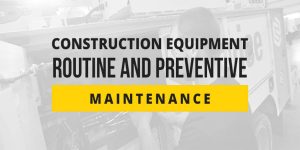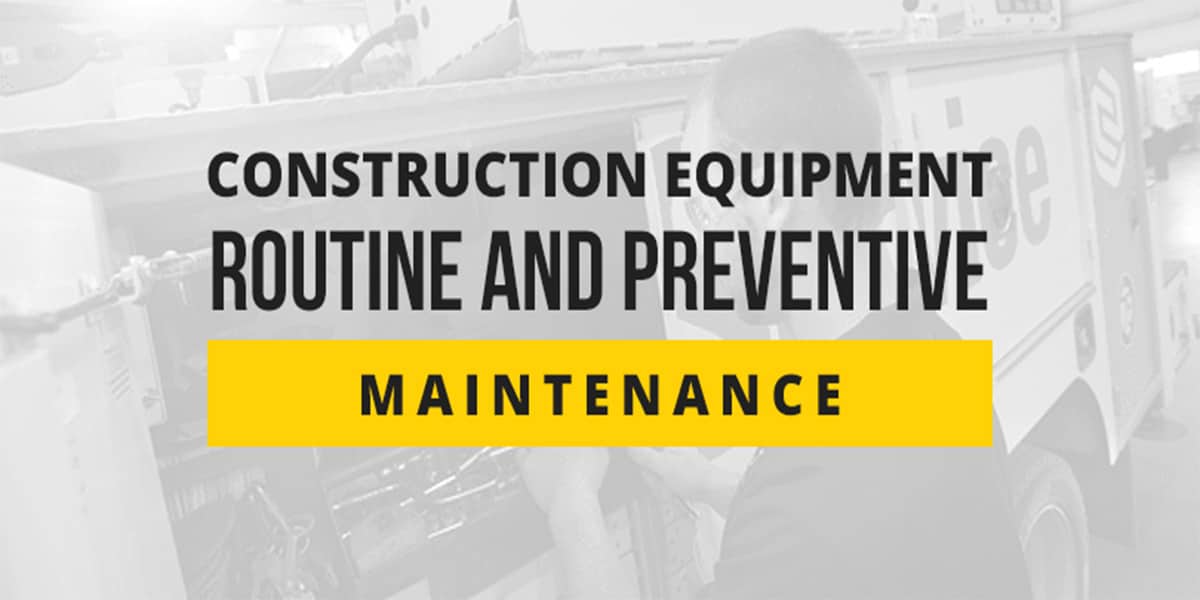The Importance of Preventive Maintenance
Preventive maintenance is a crucial aspect of ensuring the longevity and efficiency of various systems and equipment. By conducting routine inspections, repairs, and replacements, businesses and individuals can avoid unexpected breakdowns and reduce the overall cost of maintenance. In this article, we will delve into the concept of preventive maintenance and explore an example to illustrate its significance.
Understanding Preventive Maintenance
Preventive maintenance involves proactive measures taken to prevent the failure or deterioration of equipment before it occurs. Unlike reactive maintenance, which addresses issues after they arise, preventive maintenance focuses on regular checks and actions to identify and address potential problems in advance. This approach is widely adopted in industries ranging from manufacturing and healthcare to transportation and information technology.
The primary goals of preventive maintenance include minimizing unplanned downtime, extending the lifespan of equipment, and optimizing overall operational efficiency. Regularly scheduled maintenance tasks can include inspections, lubrication, adjustments, and parts replacement, all aimed at preventing equipment failure and ensuring a smooth workflow.
An Example of Preventive Maintenance: HVAC Systems

Let’s explore a specific example of preventive maintenance in the context of Heating, Ventilation, and Air Conditioning (HVAC) systems. HVAC systems play a critical role in maintaining comfortable and safe indoor environments, making their proper functioning essential for various industries and residential settings.
Regular Inspections: One fundamental aspect of preventive maintenance for HVAC systems involves regular inspections. Trained technicians examine components such as filters, coils, and ducts to identify any signs of wear, damage, or potential issues. By catching problems early, these inspections prevent minor concerns from escalating into major malfunctions.
Cleaning and Lubrication: HVAC systems often have moving parts that require proper lubrication to reduce friction and wear. As part of preventive maintenance, technicians clean and lubricate these components, ensuring they operate smoothly. This not only prevents breakdowns but also contributes to energy efficiency, as well-maintained systems tend to consume less energy.
Filter Replacement: Air filters in HVAC systems are crucial for maintaining indoor air quality. Over time, these filters can become clogged with dust and debris, impacting system performance. Regular preventive maintenance includes the timely replacement of filters, preventing a drop in air quality and avoiding strain on the entire HVAC system.
Calibration and Testing: To ensure the accuracy and efficiency of HVAC systems, preventive maintenance may involve calibration and testing of controls and sensors. This step helps identify and address any deviations from optimal performance, enhancing the system’s reliability and reducing the risk of malfunctions. For nazbuild preventive maintenance see here.
The Bottom Line
Preventive maintenance is a proactive and strategic approach to managing equipment and systems. By investing time and resources in regular inspections and upkeep, businesses and individuals can avoid the costly consequences of unexpected breakdowns. The example of HVAC systems illustrates how preventive maintenance contributes to the reliability, efficiency, and longevity of essential equipment.
Whether applied to manufacturing machinery, vehicles, or computer systems, preventive maintenance is a key practice for those who prioritize uninterrupted operations and seek to maximize the lifespan of their assets.


